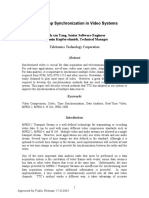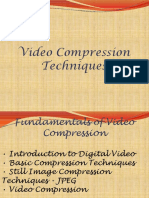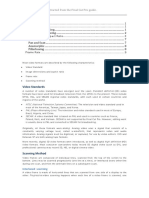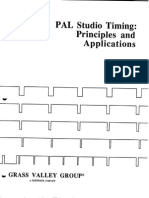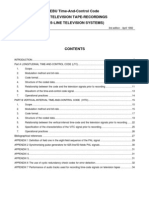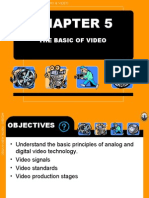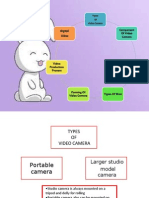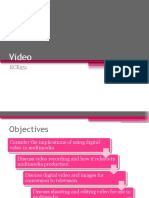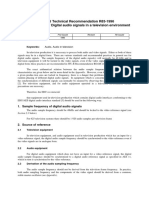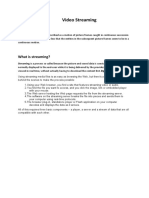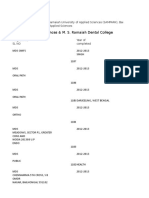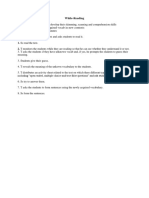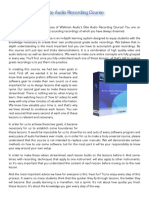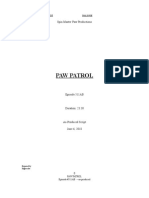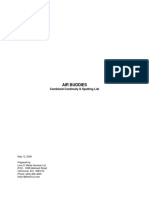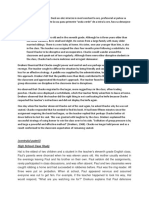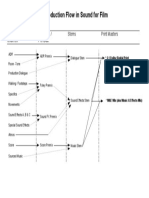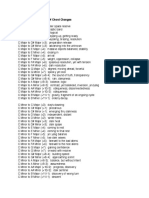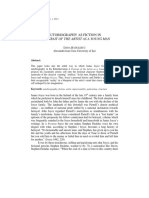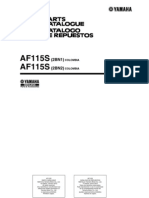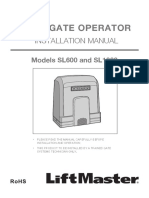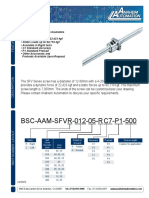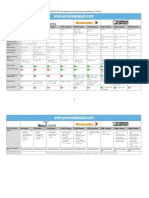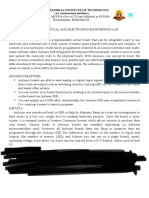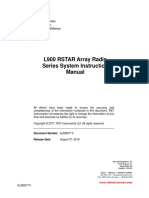0% found this document useful (0 votes)
63 views27 pagesSynchronisation: Audio Post Production
The document discusses audio synchronization and SMPTE timecode standards. It describes how SMPTE timecode provides a standardized method to synchronize audio and video equipment by encoding timing data into an audio-compatible signal. The timecode standard represents hours, minutes, seconds and frames as an 8-digit code and uses different modulation schemes to encode binary data for transmission. Frame rates of 25fps, 29.97fps and 30fps are discussed as common standards for video and audio work.
Uploaded by
Gabriel JiteaCopyright
© © All Rights Reserved
We take content rights seriously. If you suspect this is your content, claim it here.
Available Formats
Download as PDF, TXT or read online on Scribd
0% found this document useful (0 votes)
63 views27 pagesSynchronisation: Audio Post Production
The document discusses audio synchronization and SMPTE timecode standards. It describes how SMPTE timecode provides a standardized method to synchronize audio and video equipment by encoding timing data into an audio-compatible signal. The timecode standard represents hours, minutes, seconds and frames as an 8-digit code and uses different modulation schemes to encode binary data for transmission. Frame rates of 25fps, 29.97fps and 30fps are discussed as common standards for video and audio work.
Uploaded by
Gabriel JiteaCopyright
© © All Rights Reserved
We take content rights seriously. If you suspect this is your content, claim it here.
Available Formats
Download as PDF, TXT or read online on Scribd
/ 27






